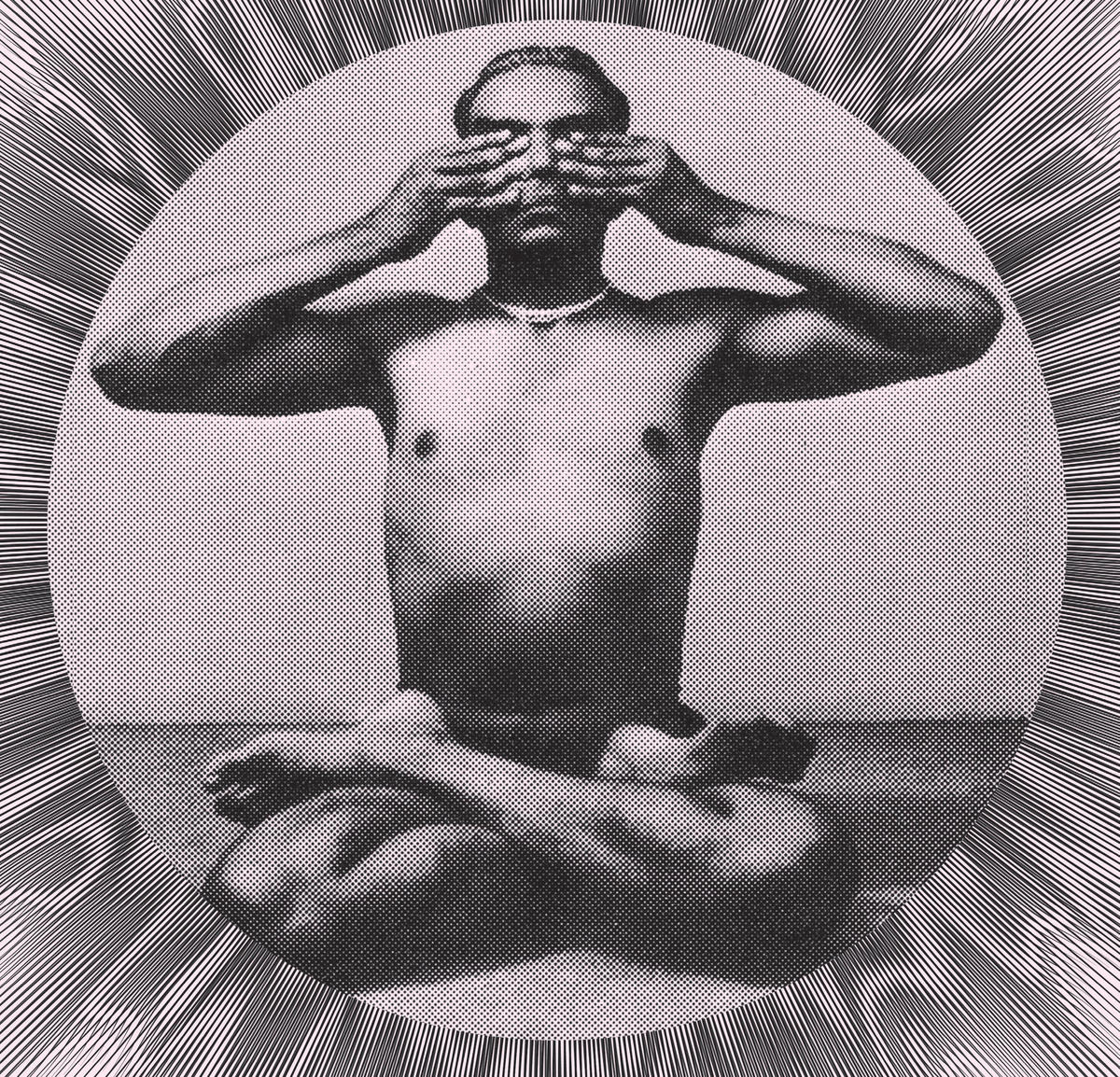
The Institute of Naturopathy and Yogic Sciences occupies some seventy acres of farmland on the outskirts of Bangalore. Innocent eyes might see the luxuriant foliage, the palm-fringed lake, and the swimming pool and conclude that the institute is a resort. As it happens, it’s a hospital, albeit a curious one, where the rooms range from duplex cottages with forty-two-inch plasma televisions to dormitories for the poor, and where the resident doctors combine advanced training in Western medicine with complete disdain for it. The institute reminds pleasure-seekers and weight-losers alike that it only admits patients with “treatable and acute diseases.” Stern as this sounds, the institute’s mission is, in fact, to acquaint a well-heeled clientele with the healing powers of nature. There is a conventional hospital on the premises, too, a shabby building facing the main road that donates medicines to the “lower middle classes,” to which institute guests are forbidden entry.
Nothing unusual, really, in a country where alternative medicine is anything but. My very first memory of medicine is that it tasted great. This was back in the 1970s, during the Theosophical Society’s last great hurrah, when educated people consulted faith healers. Medicine meant little white sugar-balls, shampoo was shikakai powder, a fever was treated with a cold compress, and exercise was yoga. Every so often, my mother would hold my nose and put some mysterious viscous fluid down my throat. It was never clear what it was supposed to do, but mysterious viscous fluids were usually certified by the Arya Vaidya Pharmacy, and we always assumed the best.
That alternative medicine continues to be mainstream even as India has become a powerhouse of mainstream medicine is a charming contradiction. (Médecins Sans Frontiéres recently called India’s generics industry the “pharmacy of the developing world.”) In keeping with its significance, alt med commandeers an entire department at the Ministry of Health: the Department of Ayurveda, Yoga, Naturopathy, Unani, Siddha, and Homeopathy. I remember when holistic concoctions came in grim brown bottles sold by grim brown cooperatives. Now they’re known as “fast-moving consumer goods” and available in splashy plastic packaging on supermarket shelves.
The institute — or Jindal, as it is generally known, after its founder, S R Jindal, and his eponymous steel conglomerate — is something of a national legend. Since it opened its doors in 1979, every famous and/or fat person in India has been to Jindal or tried and failed to get in. On arrival, patients are greeted by Jindal’s naturopathic philosophy, jagged rhymes splayed across an enormous signboard that dominates the lobby:
Look at your wonderful achievement,
o! Modern man of flying colors!
The gigantic synthetic tree you have
grown has no leaves, no flowers.
The monster is only capable of giving
capsules and tablets as fruits,
But who can help you if you insist
that’s what suits?Having allowed the inner power of
your soul to die with a shrug,
You cannot think of any thing other
than the synthetic drug.
Mindlessly aspiring to transcend
yourself with harmful medication,
Aren’t you sitting under a tree which
is resting on a black, bottomless
ocean?
Such snippets of solipsistic caution pop up around every corner at Jindal. Posters in the lobby, wooden signs hammered to trees, miniature billboards planted on the grass, and handouts on appropriate womanly behavior: all express the same set of sentiments, from “A silent man is a wise man” to “More people die from eating too much than too little.”
Jingoistic, moralistic, vegetarian, and cosmic, Jindal seemed to have been specially designed to annoy me. And yet it doesn’t. I have been pumped, drained, prodded, shrived, and mapped, and I would do it again. I’m a believer.
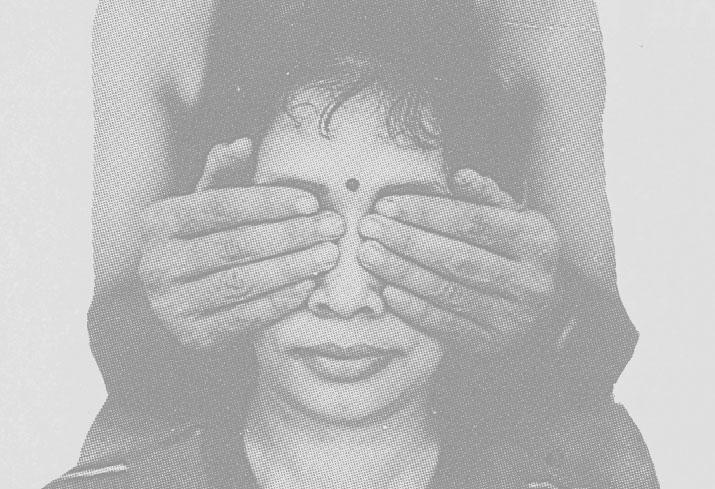
My conversion was a long time coming. I made my first trips to the institute as a boy, escorting various aunts through the Jindal experience. They came from Bombay and Delhi and Vishakapatnam, gregarious and overweight, eager and apprehensive. Two weeks later, they would emerge broken but definitely unbowed, desperate to get back to their dosas, whiskies, and cigarettes.
I went as a man and suffered a similar fate. But I always knew I would go back. I hated myself for failing and retained a kind of Victorian horror at the state of my body, long after I shed my baby fat. (The lessons of a childhood answering to “Fatty” are difficult to unlearn.) Besides, the ideal South Indian Brahmin achieves his perfect body not by lifting weights or cutting carbs, but by acquiring vast reserves of inner power. He is soft, not taut; lean, but never muscular. Most crucially, he understands that the greatest glory is renunciation, that the best-lived life is a life hardly lived at all.
I am, sadly, one of those “modern men of flying colors,” and austerity has never come naturally to me. So it was with considerable trepidation that I returned to Jindal this July. I tried not to think about it. A few days into the introductory “non-starvation” diet, I nearly lost the capacity for abstract thought altogether. I was allotted one hundred grams of boiled bean sprouts, a spoonful of steamed garlic, and four slices of two kinds of fruit. Inevitably, I could think of nothing but real food. I fanatically recounted my favorite recipes to equally fanatical strangers. They told me about their excreta. We all scrutinized the serving staff, hoping to exploit any lapse of vigilance. One evening, a thin, heavily made-up woman collapsed quietly at my table. She was removed and I never saw her again.
On the third day I went over to “starvation.” In theory, this is a strictly rationed liquid diet, though the liquids room, unlike the rest of the place, is virtually unsupervised, which offers the possibility to pursue all kinds of gluttony. Broadly speaking, there are two kinds of liquids, horrid and nice. The horrids include strained pulp of aloe, tulsi water, and asafoetida tea; nice ones include mango juice, buttermilk, and tender-coconut water. Most people with horrid liquids on their prescription calmly substitute something nice. I for one discovered that several glasses of fruit juice chased by hot milk and jaggery can feel like a meal. I found it oddly comforting. What had driven me to delirium before was the broken promise of chewable food, not its absence.
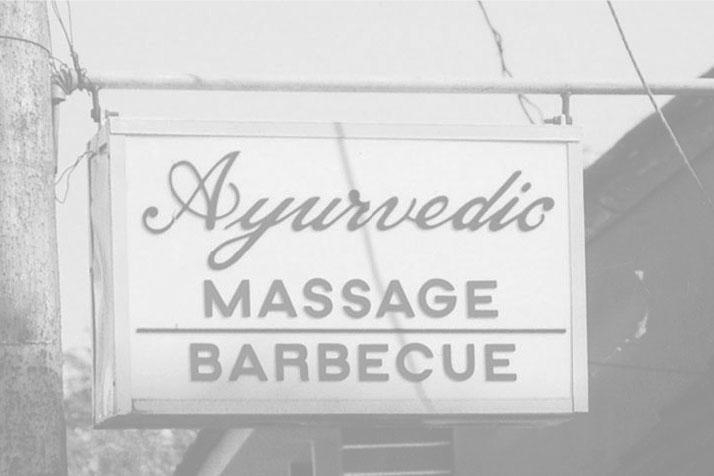
–Michel Foucault
There was still plenty of absence, however. No cigarettes, no alcohol, no outside food, no medicines, no laptops, no visitors, no sex. Even the double rooms have two single beds bolted to the floor. No one is allowed to leave the well-guarded premises. Spot checks are carried out daily to ensure compliance, and everyone is equal before Jindal’s naturopathic wrath. The politician who paid the cleaning lady Rs 400 to smuggle in a cup of tea is derided by name in the welcome pamphlet; a couple who were caught eating papayas they had plucked off a tree during the evening walk were tossed out immediately. The story of their perfidy lives on to this day.
Jindal diary: Days begin at about 4:30am with bhajans piped into each room on closed-circuit audio. At 5:30, after the mandatory walk around the grounds and the mandatory laughing session, we begin the kriyas, a set of cleansing techniques to quicken the kundalini. First up is vaman dhauti, which translates ominously to “cleansing of the middle through penance.” Patients sit around in a circle and drink warm saline water until they puke. (The first time I faced vaman dhauti, I hesitated, fidgeting nervously with my glass. The instructor laughed. “This is not tea,” he chided, forcing my head back and pouring the brine down my throat. Moments later I was lurching and vomiting like everyone else.)
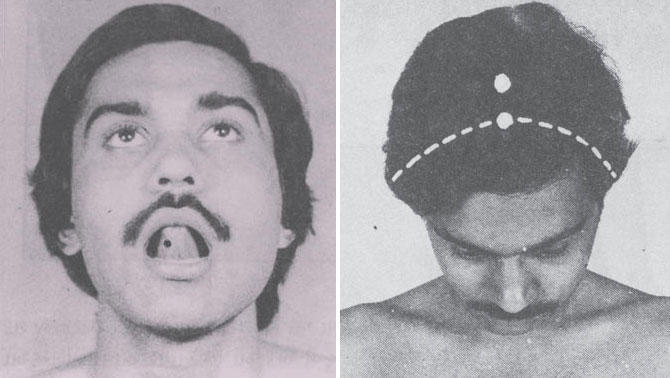
More kriyas follow, “cleansing of the throat” and “cleansing of the eyes.” The latter turns out to be quite a tender experience, like being kissed on the eyelids by tiny droplets of warm water.
The highlight of the morning, however, is an invigorating two hours of yoga, beginning at 7:30. Men and women assemble on two sides of the main hall. An instructor performs on a center stage, providing a constant stream of blandishments. The most enthusiastic win awards-motivational books by S R Jindal-while certain of us receive gentle rebukes.
At 10am, the medical portion of the treatment begins with an enema. (At Jindal, nature never calls; it is summoned). High-end patients get theirs en suite, while those in more modest accommodation have to show up at treatment headquarters tube in hand. This is the second most humiliating process at Jindal. In a tiny cubicle, one has to disrobe and lie sideways. An attendant connects one end of the tube to a tank of water fixed to the wall and the other end to one’s other end. The moment the water pressure becomes unbearably discomforting, one signals weakly, at which point the attendant removes the tube. Then, jaw and rectum set, one rolls over, fumbles with a protective towel, and dashes gingerly to the nearest loo.
The rest of the morning is for less invasive treatment. Cold mudpacks are slapped on — not to the face, of course, but to the stomach, the better to freeze the parasites (and their eggs) that hide in the large intestine causing disease, according to Jindal lore. This happens at least four times a day.
After a lunch break, it’s time for irrigation. I should admit that no matter how many times I am subjected to colonic hydrotherapy, and no matter how recently, it always comes as a shock. There are simply no words to describe the panic wrought by a mixture of salt and lime juice being pumped into one’s backside; there’s no way to convey the disturbingly pleasurable relief when said mixture is sucked back out, along with the accumulated debris of a life ill-lived. (I should also admit that the small intestine’s sensitivity to temperature and flavor is a weirdly exciting discovery.) The best part of “having a colon,” as the nurses fondly refer to it, is getting a boiled sweet afterward.
The afternoon, generally speaking, is for therapy. Patients can obtain nearly every natural cure ever devised. Eye packs, kidney packs, hot-arm-and-foot packs; hip baths, ankle baths, thigh baths; vibromassage, “jet” massage, and deluxe hydromassage; acupuncture, acupressure, and more. I’m particularly intrigued by the “energy map.” After being trussed up in diodes and anodes like a bionic man, my body is rendered in pixels, an energy score attached to every part. (“Head: left” scores very well, “head: right” comes off rather badly.) One side effect is a near-constant state of sexual alertness.
After supper, it’s time for a final euphemism, “entertainment.” One evening an especially forceful woman demonstrates a recipe for unsalted oil-free spinach cutlets. Between entertainment and bedtime there are two hours of mandatory play. There’s badminton, caroms, and table tennis; those exhausted by the day’s events can watch Indian Idol on cable television. For the insistently naturopathic, there’s an outdoor reflexology tank: pebbles immersed in alternating pools of hot and cold water to walk over. This is my favored nocturnal therapy, until S R Jindal’s wife shows up one night and has her bodyguards drive everyone out.
There are several reasons I blush when confessing I enjoyed the Jindal experience, and the corniness of it is not even the first. The library, for instance, stocks every right-wing Hindu magazine possible, from the Organiser — the official weekly publication of the fascist Rashtriya Swayamsevak Sangh — to the softer, odder Hinduism Today. The only English news magazine on the racks is the lone Indian publication that accepts “Thatcherite” as a compliment. There is that hard institutional bitterness toward the second sex. (Strategically placed pamphlets warn women against “eating in excess… because of nearness to the kitchen.”) The literature appears to conform to S R Jindal’s mindset, as evinced by his collected works-the library’s “reference section.” But not everyone who works at Jindal is a fanatic. Many of the instructors I talked to were proud Hindus in a perfectly pleasant way.
Jindal is a thoroughly confusing place, an oasis of what we might call right-wing hippiedom. Philosophically, Jindal isn’t far from Goa — from the flower children on Anjuna Beach in 1968, getting away from the craziness of the Western world to become one with nature. Except that the enthusiasts at Jindal are industrialists from India, not crusties from San Francisco.
Still, it’s worth remembering that naturopathy was born in an era of import substitution. India has never been averse to borrowing from the world and calling the results “indigenous,” and neither is Jindal. Hot-steam therapy has been on the menu at Scandinavian spas for at least the last two centuries. Homeopathy is German in origin; acupuncture comes from China. Unani is influenced by Persian Islam. Even Jindal’s colonic ministrations owe their provenance to pharaonic Egypt.
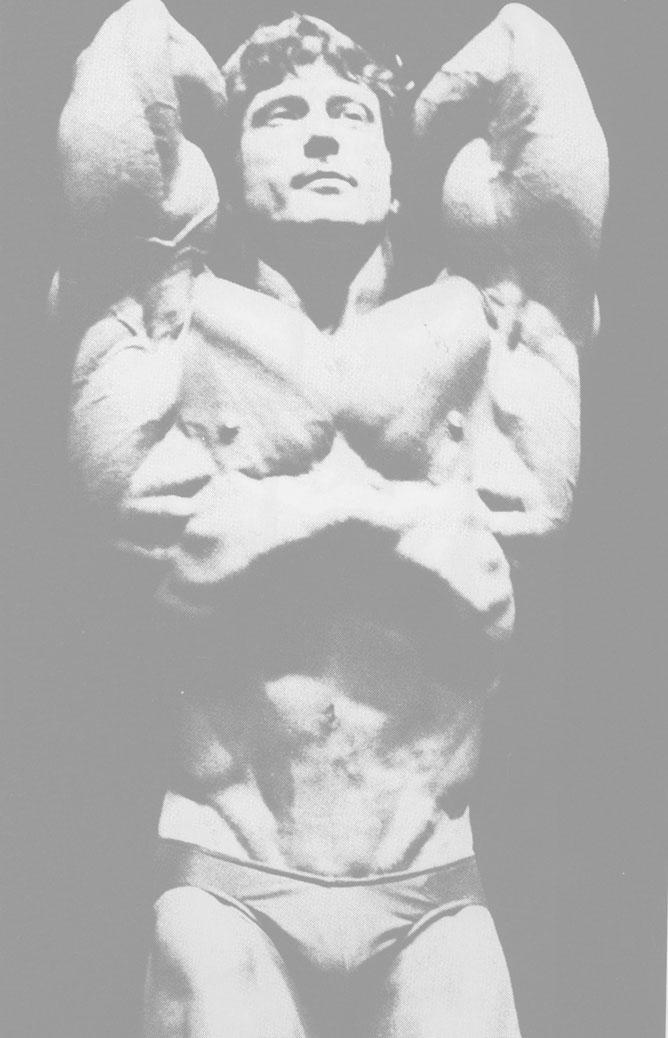
And never mind naturopathy’s cosmopolitan provenance; the idea owes its current vogue to a book, Medical Nemesis: the Expropriation of Health, by the Austrian communist and Catholic dissident Ivan Illich. One of the twentieth century’s most influential anti-modernist thinkers, Illich devoted his life to the subversion of conventional Western notions about almost everything, but especially schooling, energy, missionary work, and development. Medical Nemesis, published in 1975, capped a career of romantic longing for a simpler time. Most illnesses, he claimed, were the result of “social iatrogenesis” — that is, produced by the institutions of health care themselves.
Whatever one thinks of him today, there is no question that in his time, Illich tapped straight into the zeitgeist. The 70s saw the maturation of a radical project born in the 60s. “Power-talk” was suddenly on everyone’s lips, and a brave new left was forming. That new left is now our old left, and Illich retains enormous currency with them, at least in India. I thought there must be a relationship between Jindal and Illich, though my own trawl through the musings of the Indian steel baron didn’t yield a direct link.
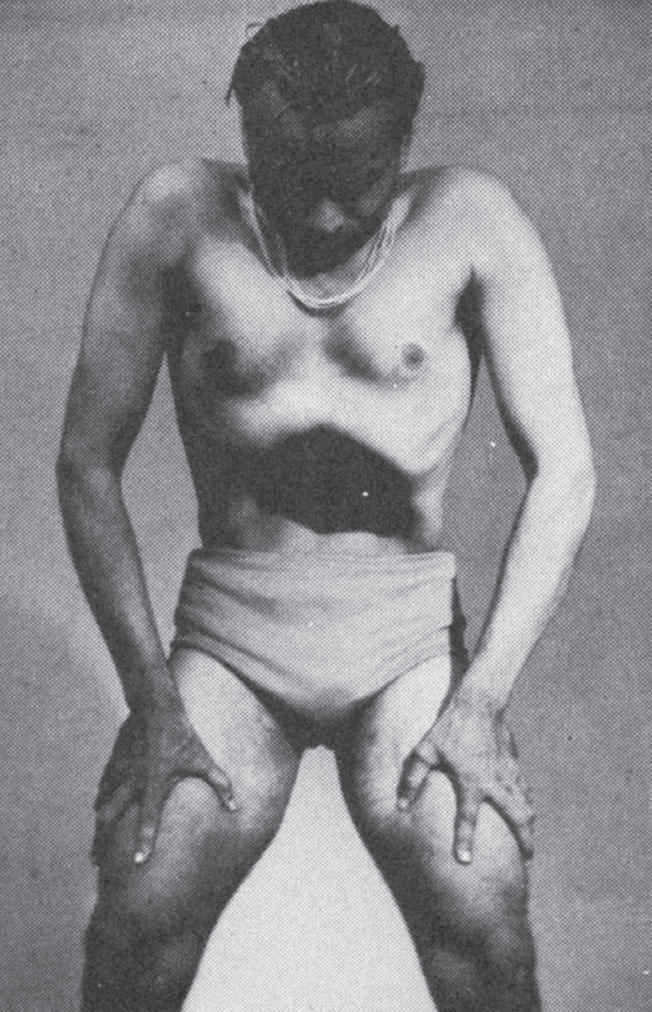
Perhaps this is just so. Like it or not, naturopathy is neither left nor right. Or rather, it is both. Everybody loves natural power. It is simultaneously self-indulgent and selfless. It confirms that our ancients were ahead of their times; it puts us in touch with who we really are; it’s even good for the environment. Right-wingers get off on the self-determination of it all, the confirmation that everyone is capable of a better body and a better life, that all people need to do is get their act together. Left-wingers love the fact that it evinces, yet again, the fallibility and hypocrisy of the West. The rich acknowledge that money can’t buy everything; the poor feel better about their inability to buy things. This, then, is the enduring appeal of renunciation, the reason that “No Medicine!” has become a rallying cry of hard-line nativists and New Age cosmopolitans both; of a middle class that has popped too many pills and an underclass that can’t pop enough.
The first time I went to Jindal, I left in the same haze of anxiety I endured within. On the hour-long journey home from that first internment, I directed my auto-rickshaw driver to stop at the first restaurant we passed. Suitcase in hand, I proceeded to make up for fourteen days of missed meals. Butter chicken, parathas, masala dosas, and delicious deep-fried vadas. I was sick for weeks.
The second time was different. I left Jindal thinking I would backslide, but it just wasn’t possible. I thought I wanted to eat all those wonderful things I had been fantasizing about, but now that they were within reach, I couldn’t bring myself to touch them.
I studied myself and liked what I saw. I had lost a kilo for every day I had spent at Jindal. My body looked like it had been through a particularly successful round of plastic surgery, while my cholesterol levels had dropped dramatically. My lipid profile had never looked better. You might even say that I was lean, yet soft.
So I’ve made my peace with austerity. There remains one niggling problem, however: I can’t stand austere people. The only way out of that conundrum is to live austerely alongside the indulgent, and for that I need to cultivate still more inner power. So I’m going to spend ten days in Vipassana, a meditation camp, located conveniently near my home, where one is not allowed to eat or speak or look anyone in the eye. “In the destructive element immerse,” Conrad’s narrator advises us in Lord Jim (another lost text of homeopathy?). I’m looking forward to it.